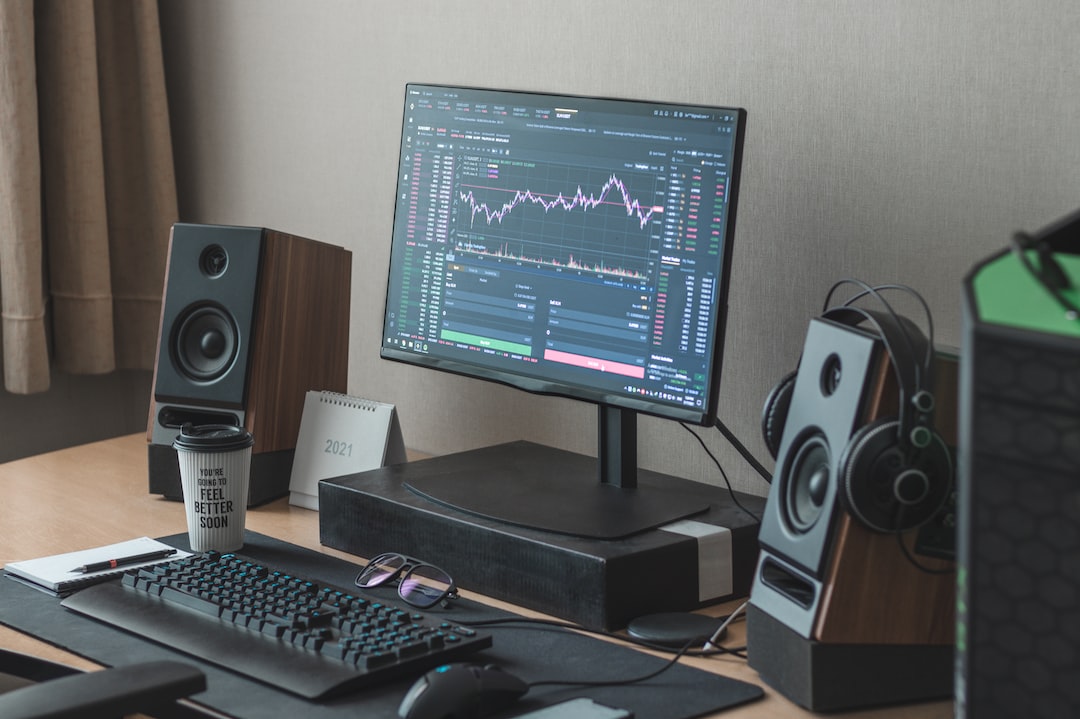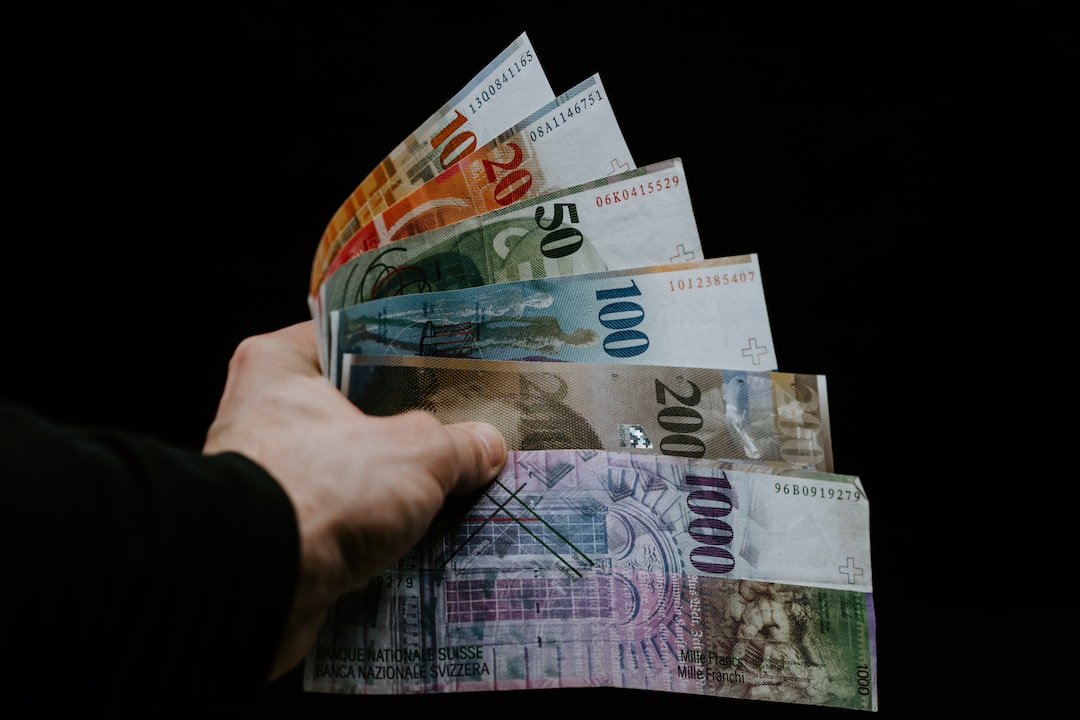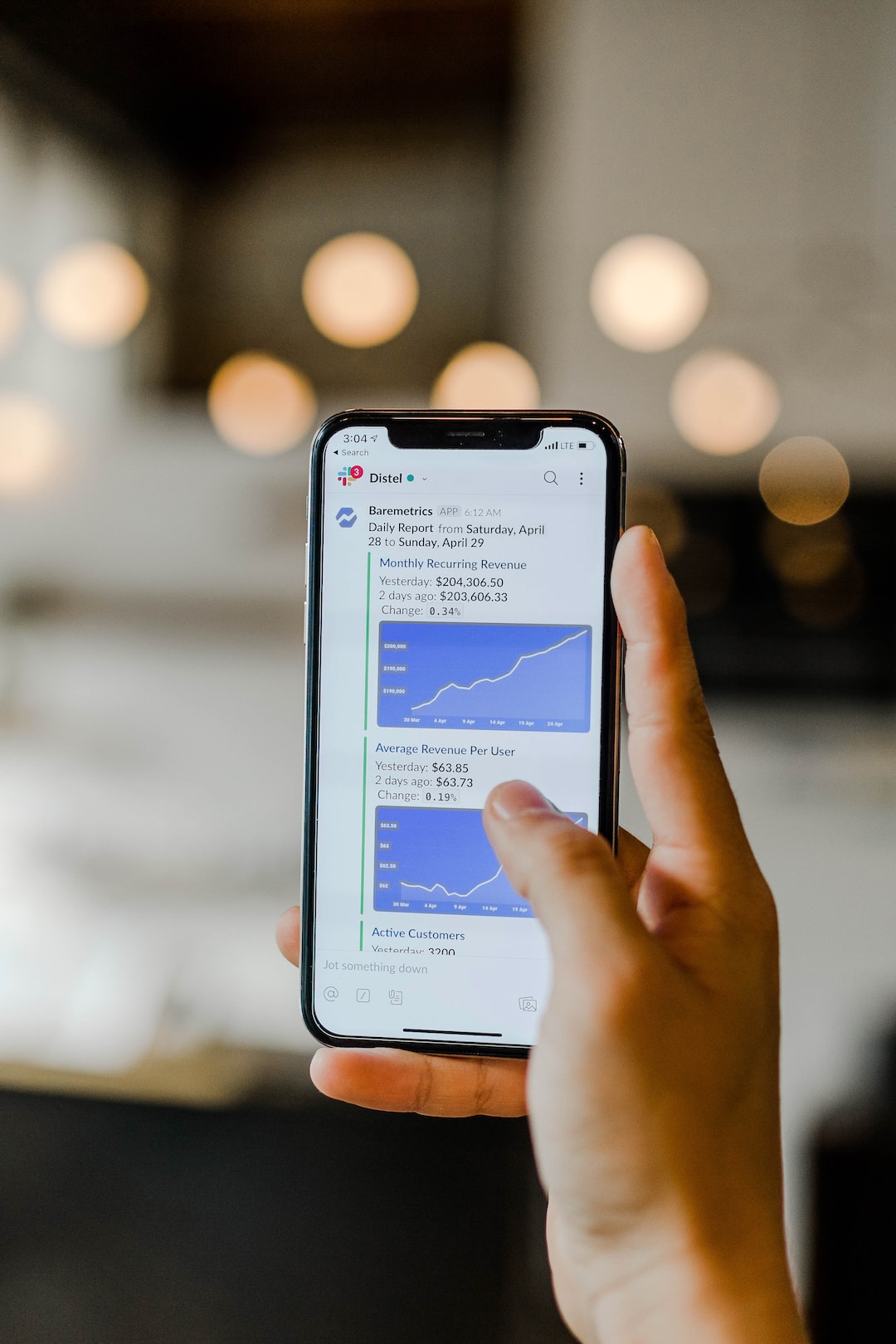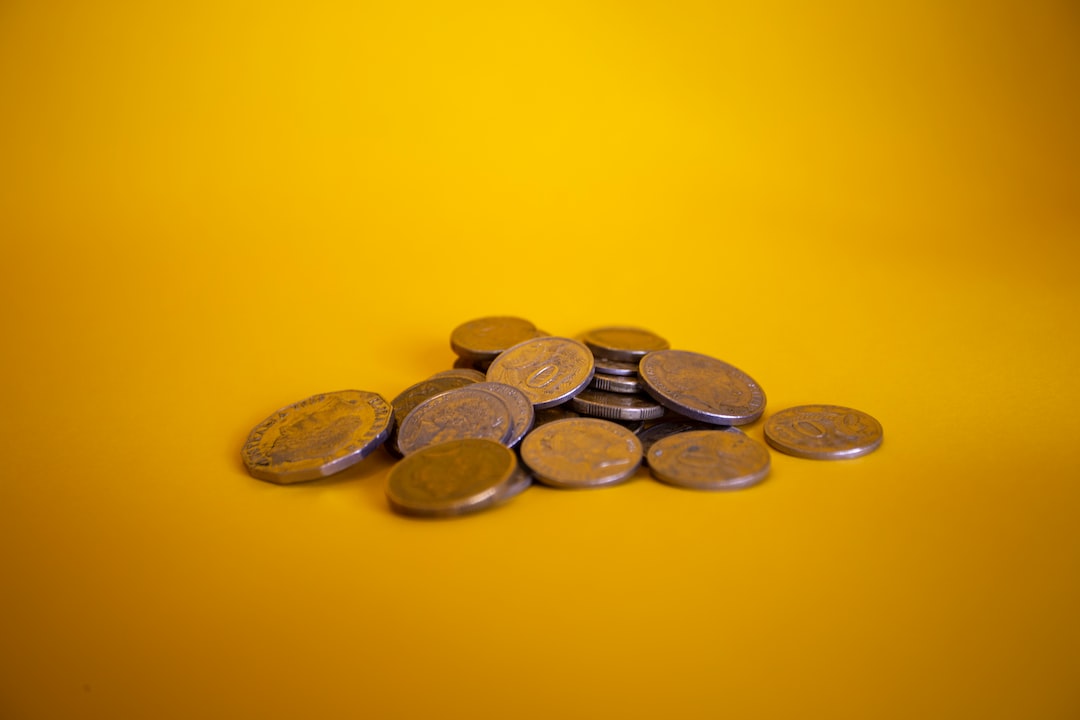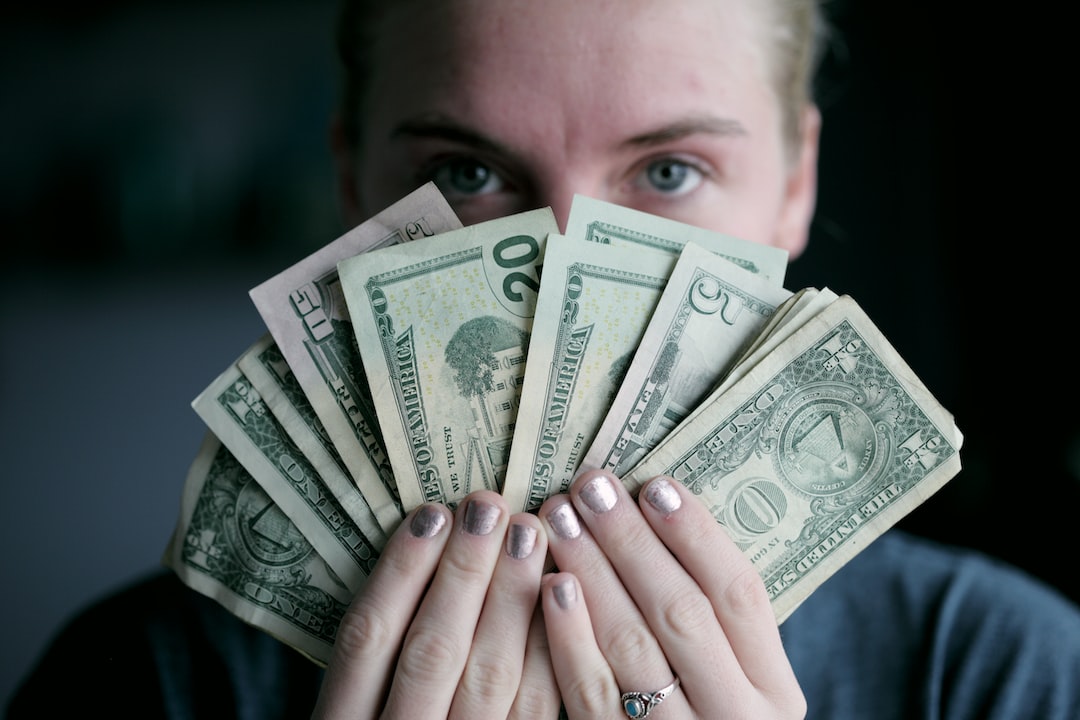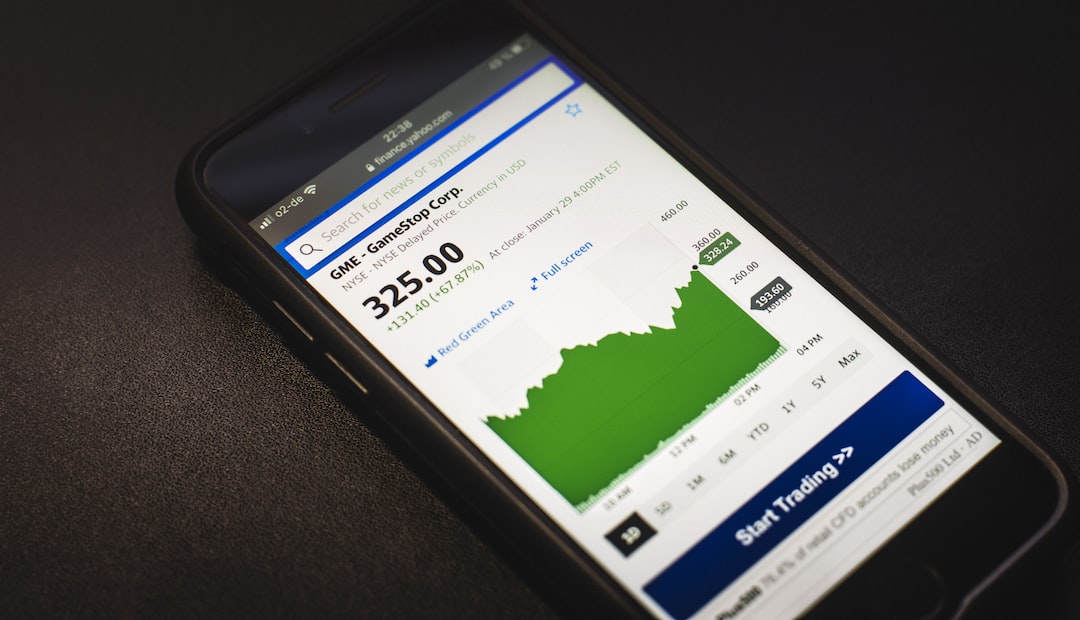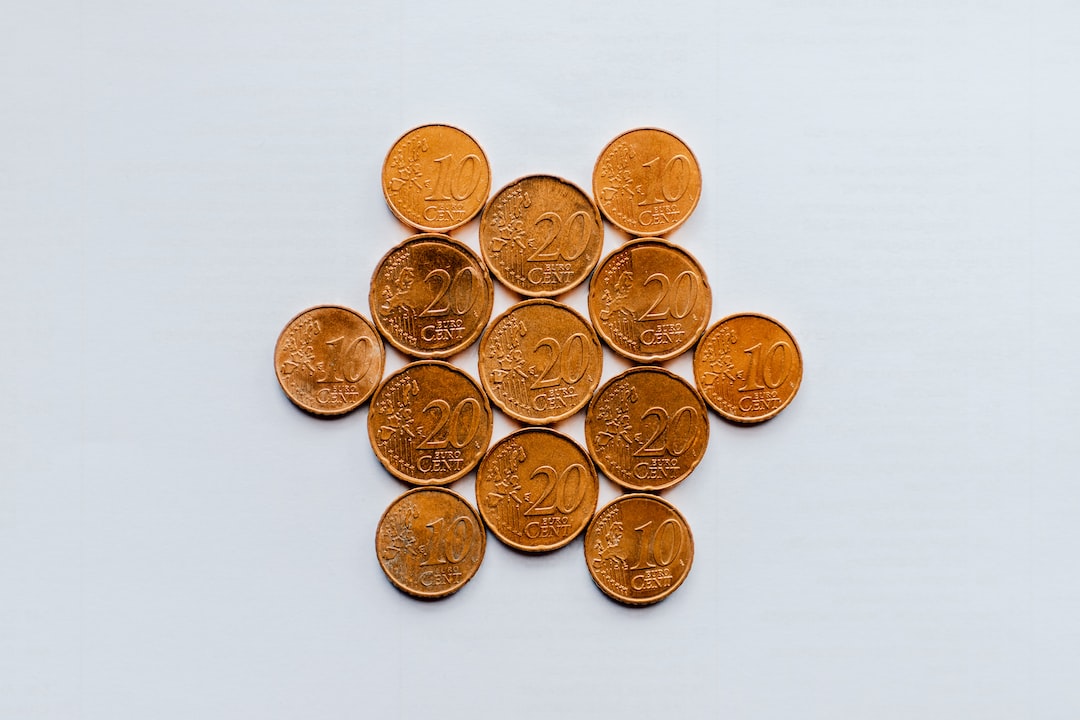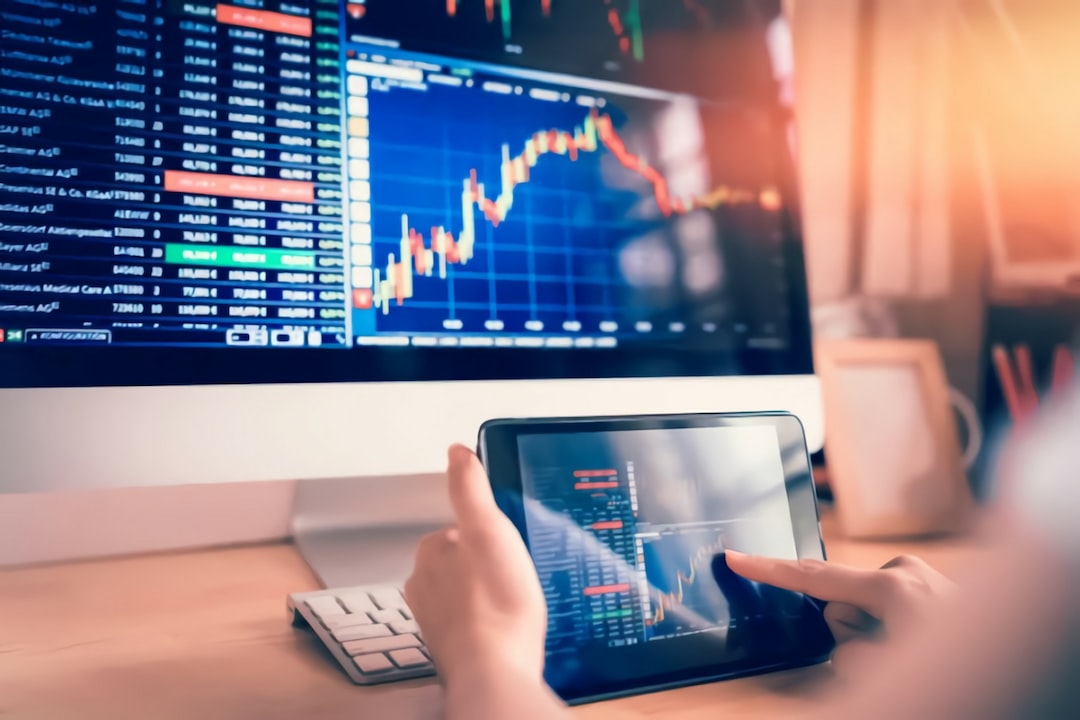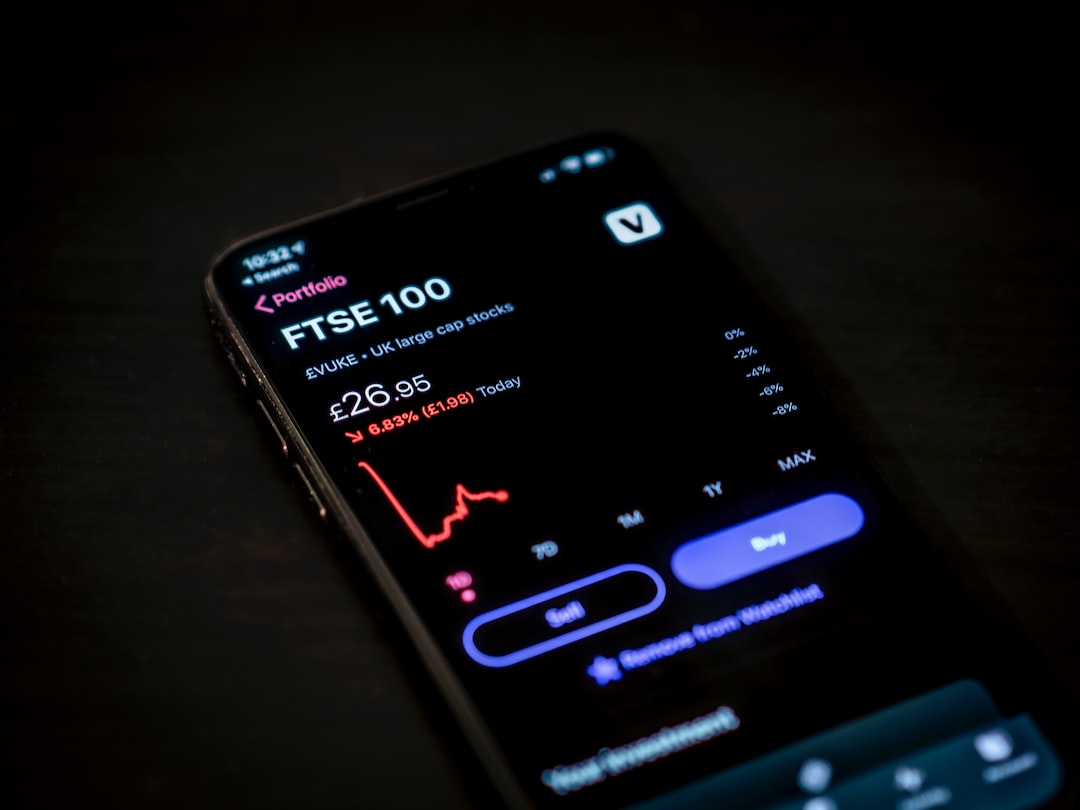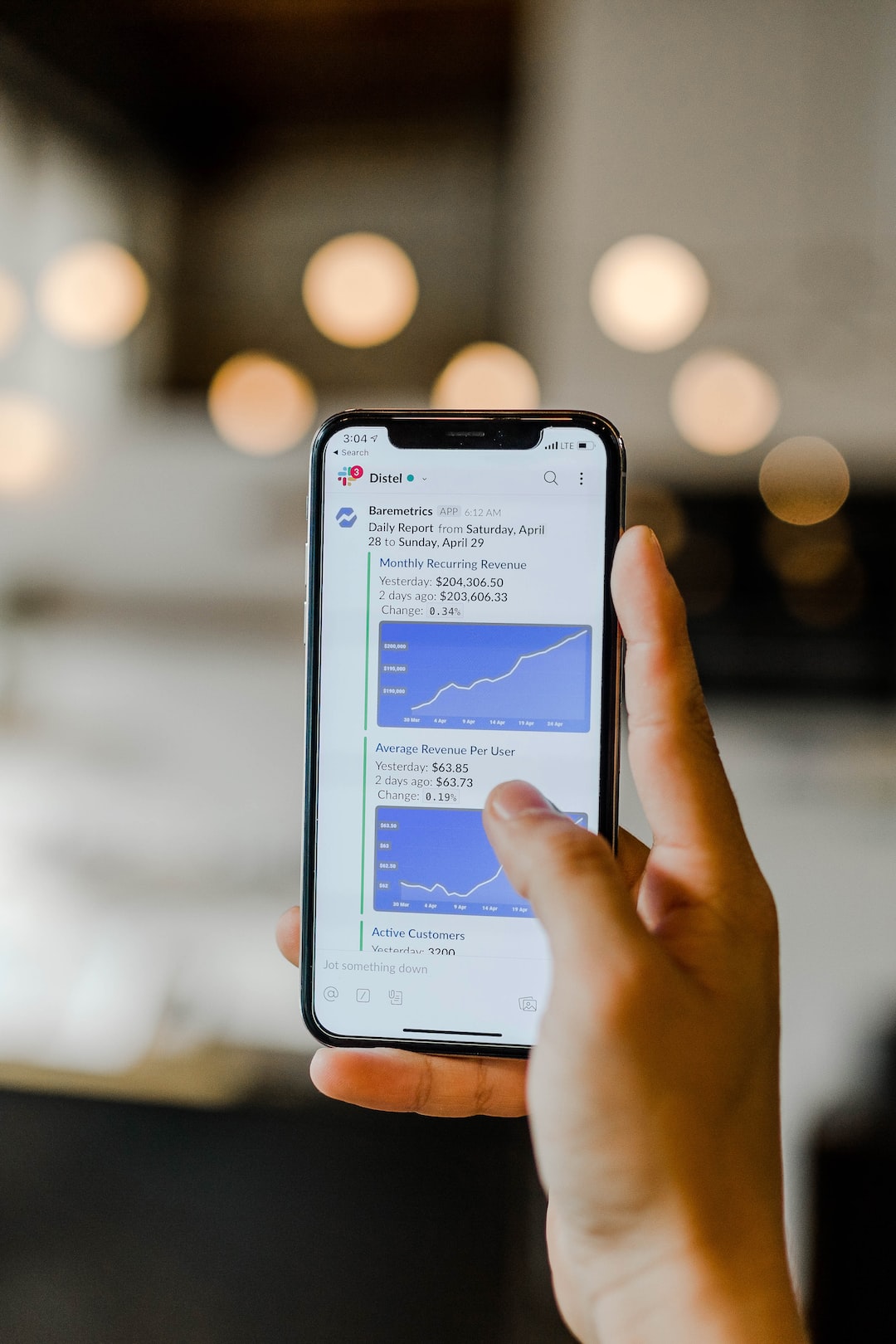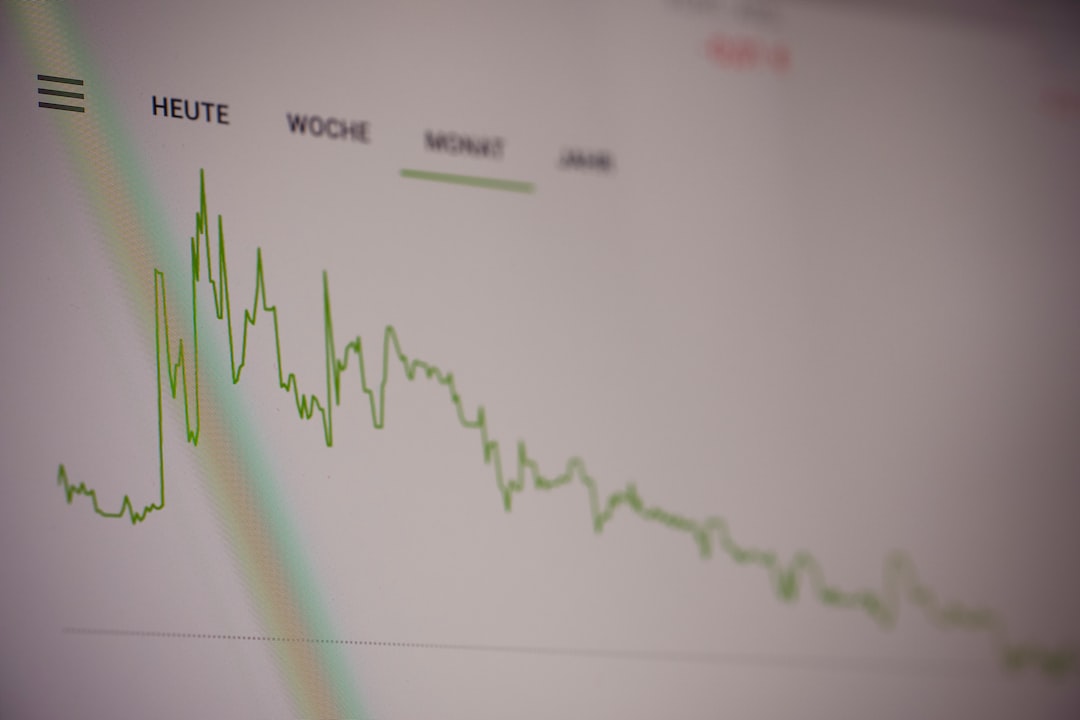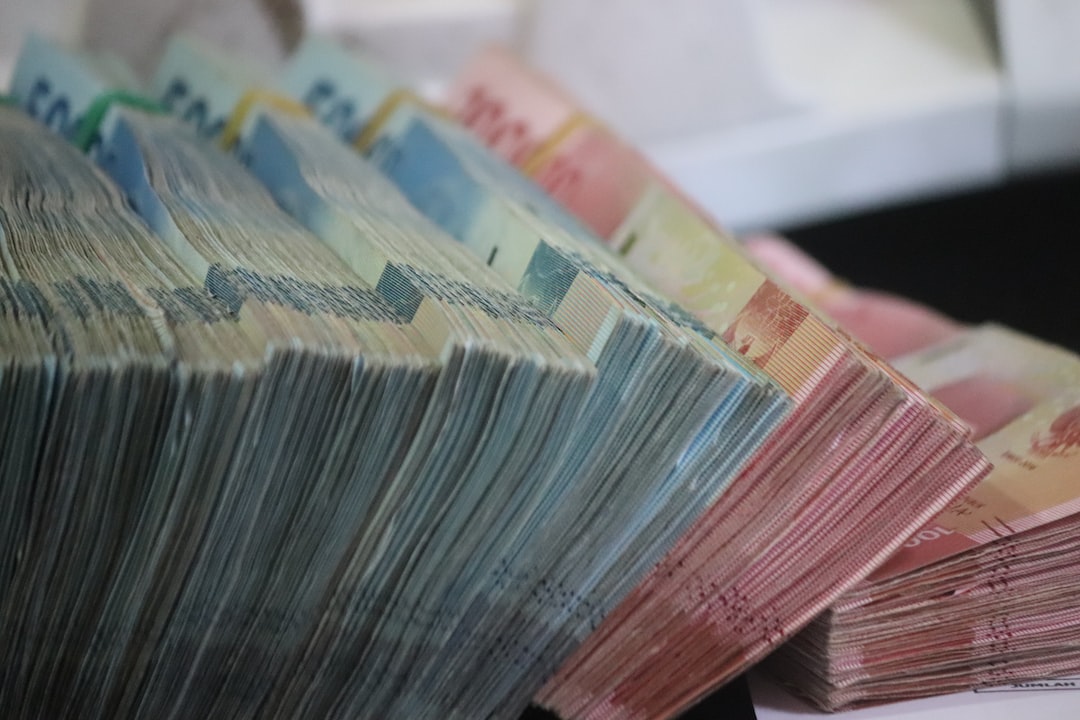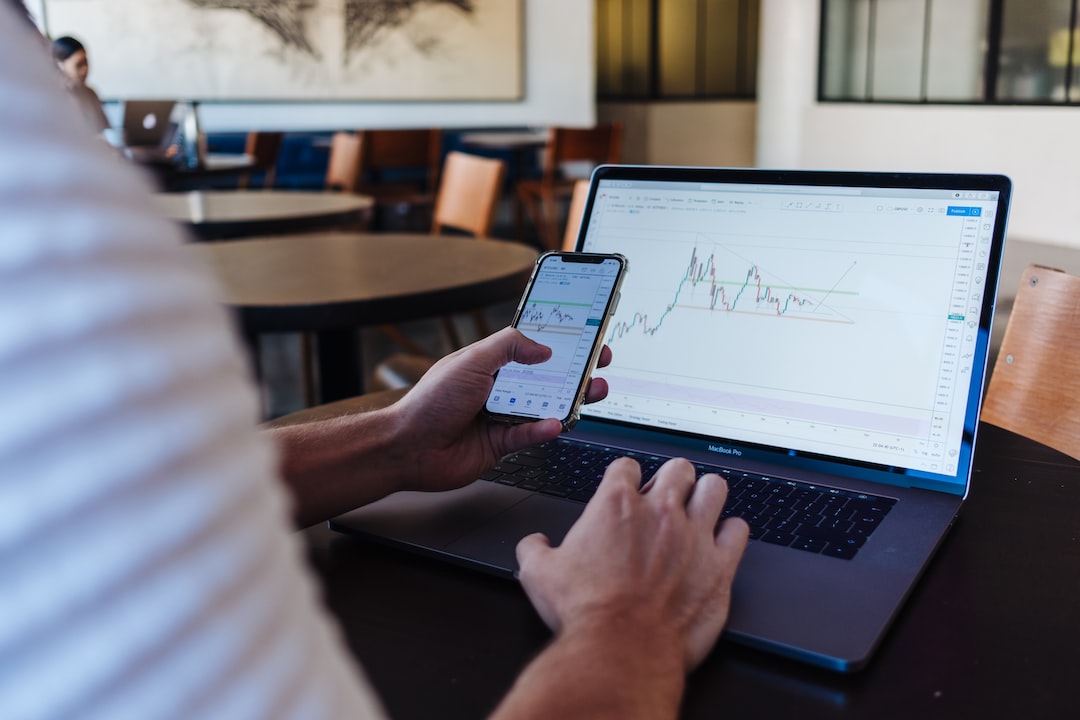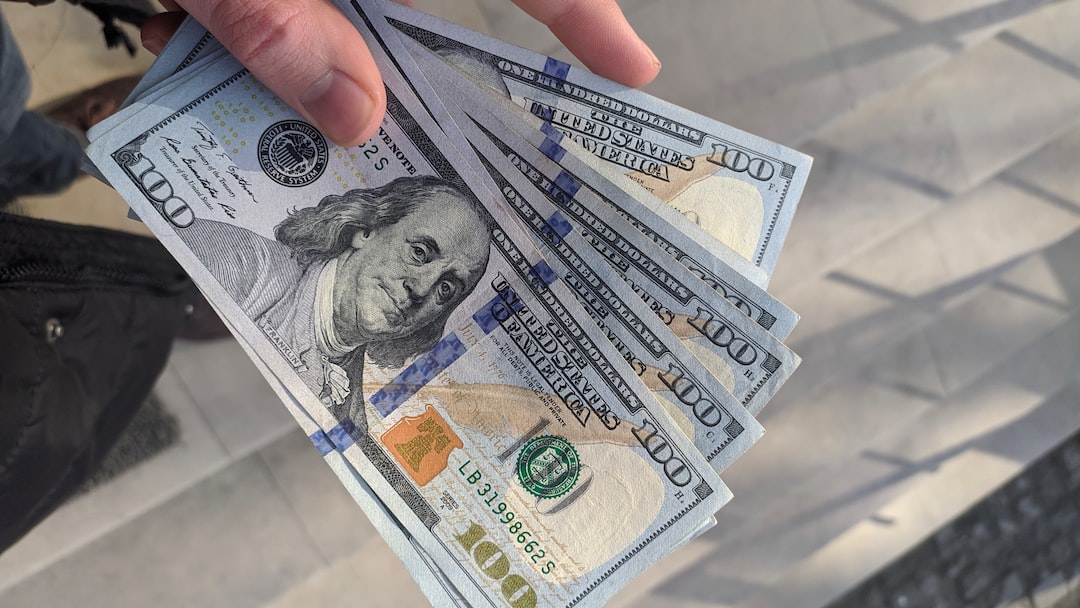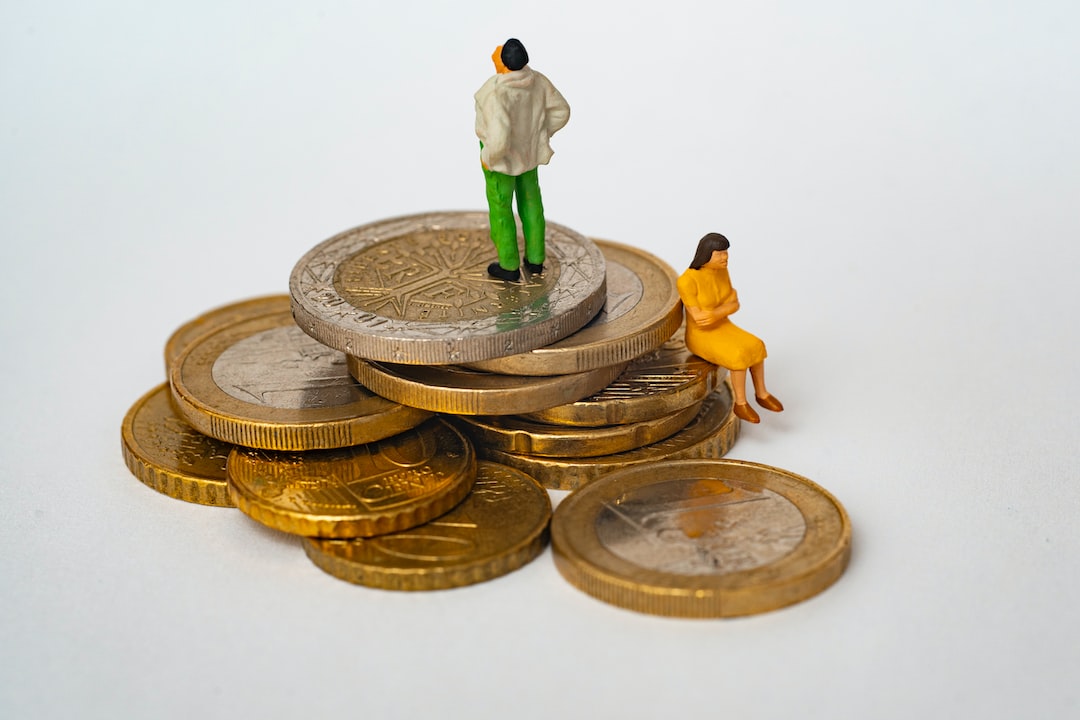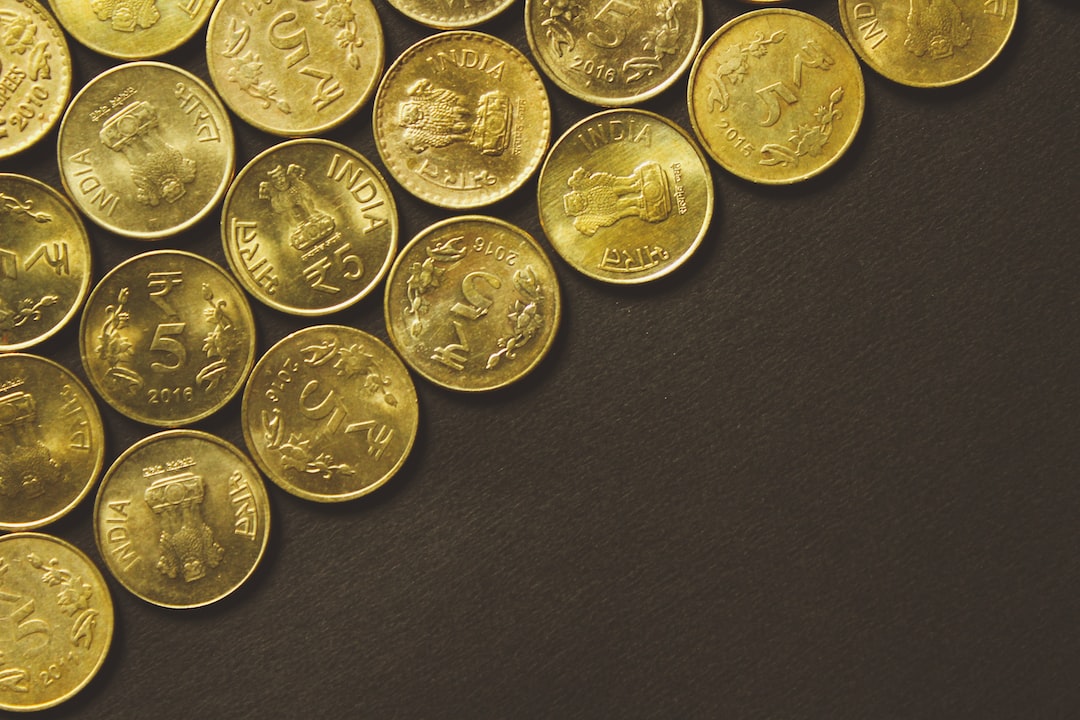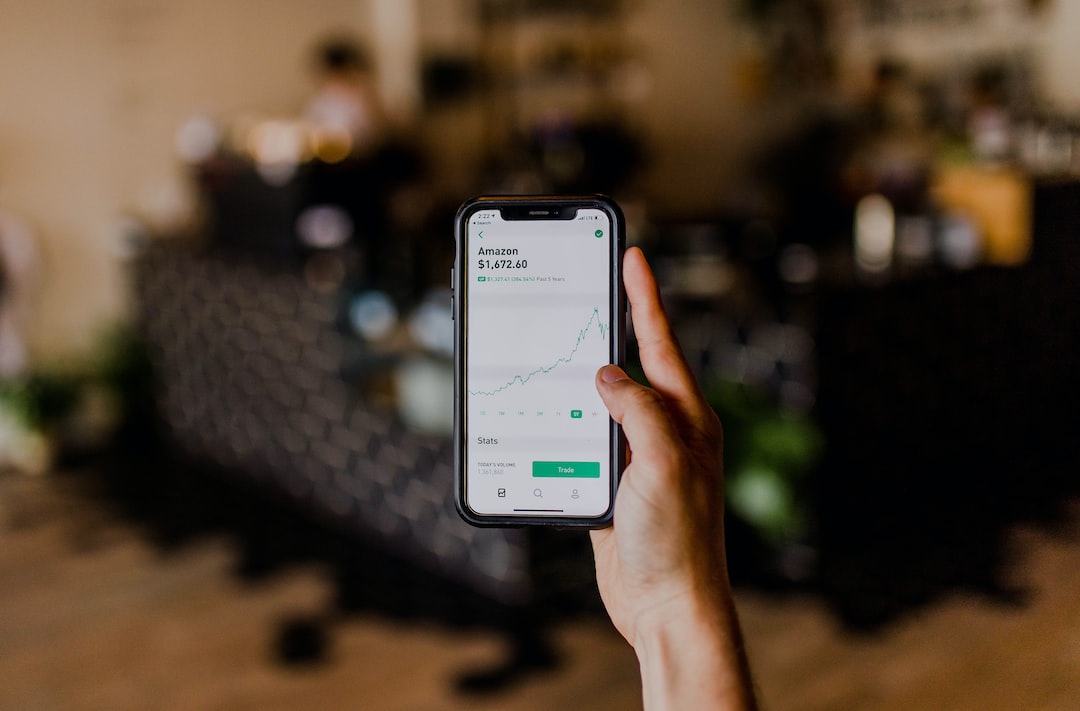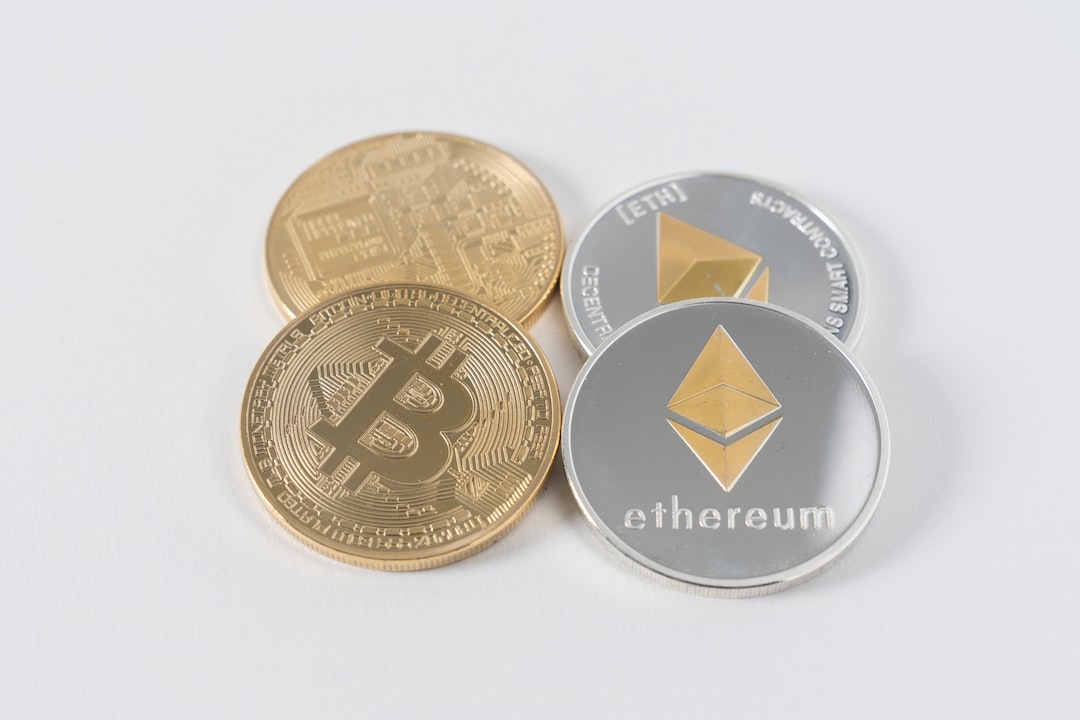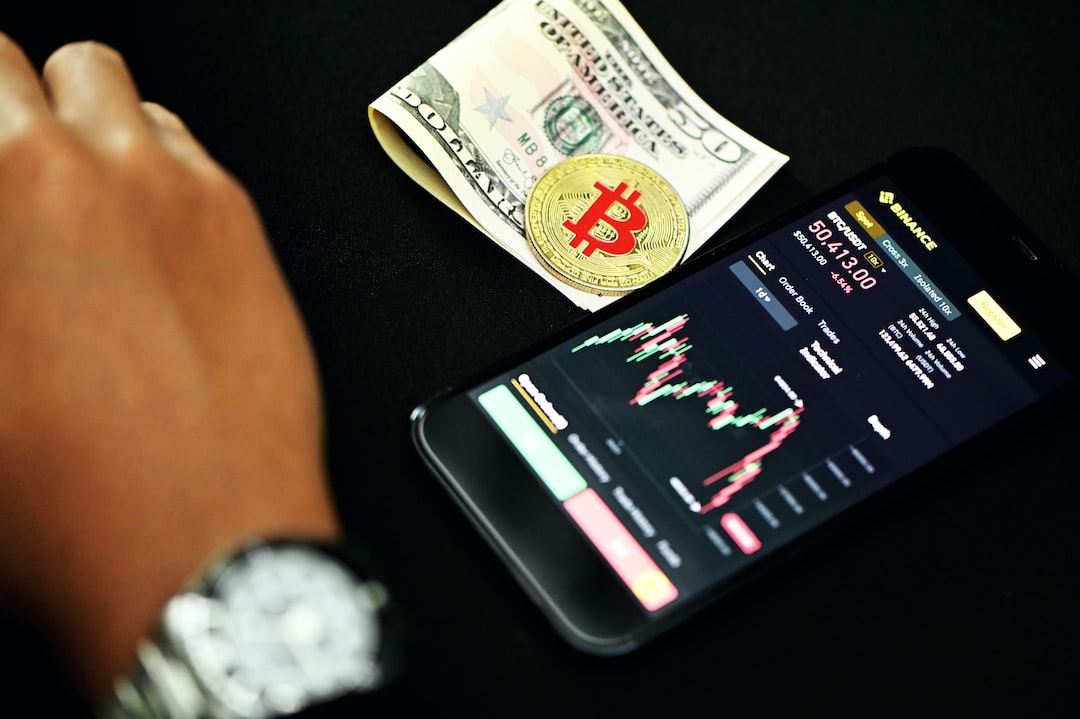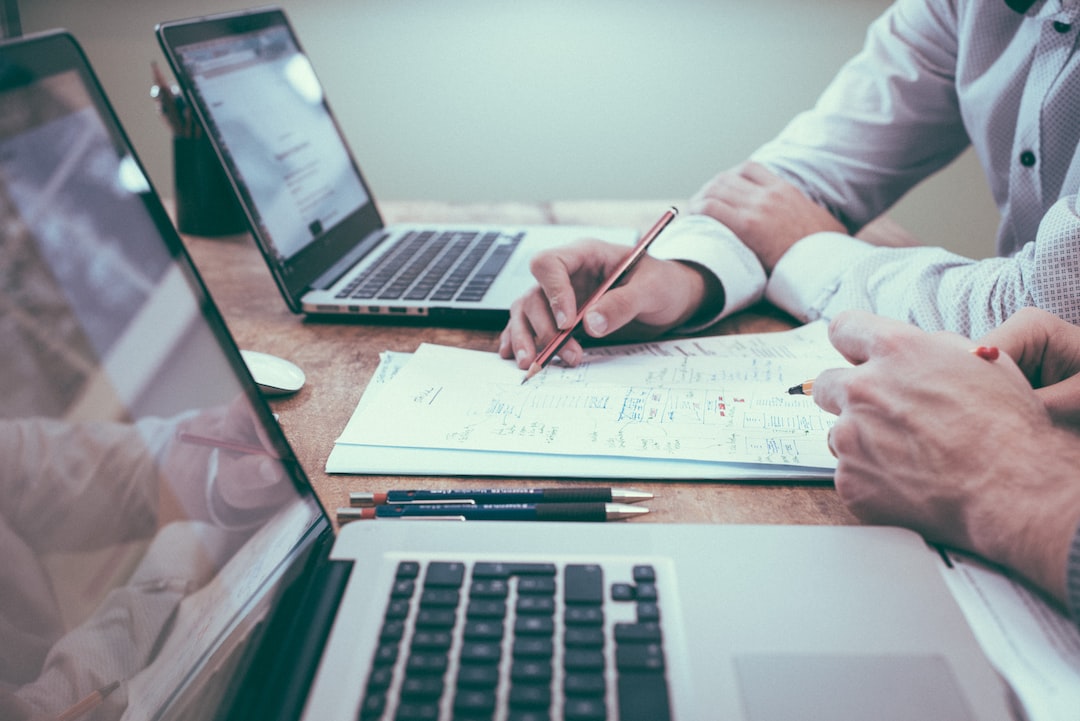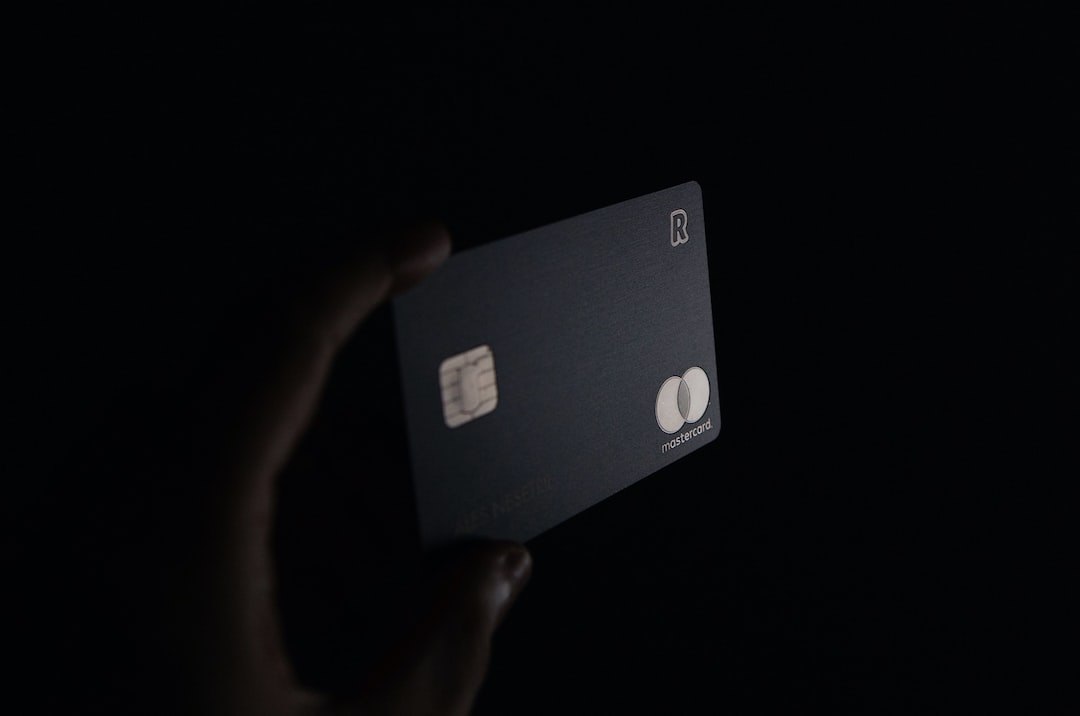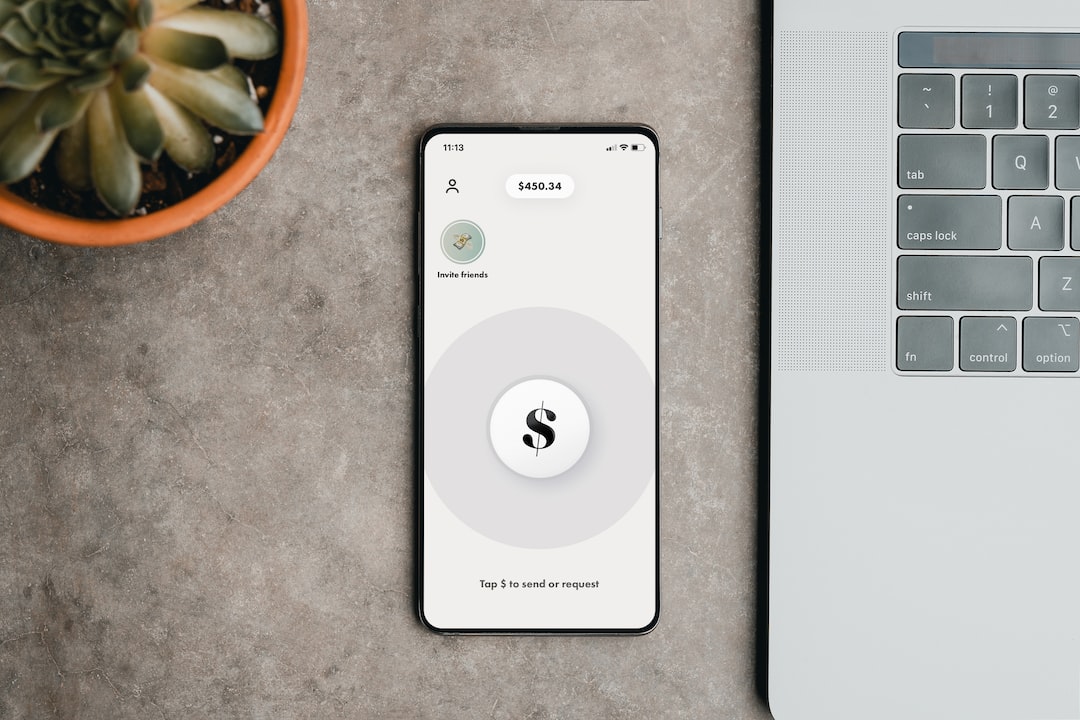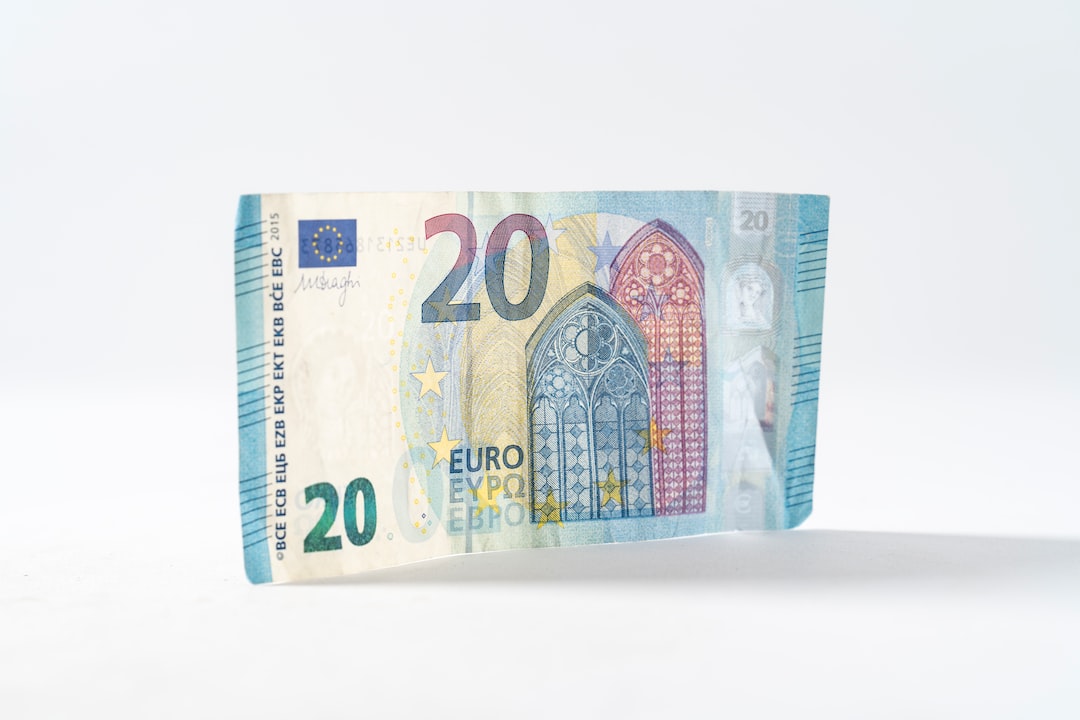The red hammer is a term used in the forex market to describe a specific candlestick pattern that traders use to identify potential price reversals. It is a bearish reversal pattern that signifies a shift in market sentiment from bullish to bearish. This article will explain the red hammer candlestick pattern, how it works, and how traders use it to make profitable trades.
What is a Candlestick Pattern?
A candlestick is a visual representation of price movement over a specific period of time. It is made up of four components – the opening price, closing price, high price, and low price. Candlesticks are used by traders to identify trends, support and resistance levels, and potential price reversals.
A candlestick pattern is a combination of two or more candlesticks that form a specific shape or pattern. Traders use these patterns to identify potential trading opportunities and make informed trading decisions.
What is the Red Hammer Candlestick Pattern?
The red hammer candlestick pattern is a bearish reversal pattern that typically forms at the end of an uptrend. It is characterized by a small real body, a long upper shadow, and little or no lower shadow. The color of the candlestick can vary, but it is typically red to signify a bearish sentiment.
The small real body represents a market that opened and closed near the same price, indicating indecision and uncertainty among traders. The long upper shadow shows that buyers attempted to push the price higher, but were eventually overpowered by sellers. The absence of a lower shadow indicates that there was little or no buying pressure during the trading session.
How Does the Red Hammer Candlestick Pattern Work?
The red hammer candlestick pattern works by signaling a shift in market sentiment from bullish to bearish. It indicates that buyers are losing control and that sellers are starting to take over. This can lead to a potential price reversal, where the price starts to move downwards.
Traders use the red hammer candlestick pattern to identify potential trading opportunities. When they see this pattern forming at the end of an uptrend, they may look to enter a short position to take advantage of the potential price reversal. They may also use this pattern to exit a long position to avoid potential losses.
How Do Traders Use the Red Hammer Candlestick Pattern?
Traders use the red hammer candlestick pattern in a variety of ways. Some traders use it as a standalone indicator, while others use it in combination with other technical analysis tools.
One common strategy is to wait for confirmation of the red hammer candlestick pattern before entering a trade. This means waiting for the next candlestick to form and checking whether it confirms the bearish sentiment of the red hammer. If the next candlestick is also bearish, it may signal a strong potential for a price reversal.
Traders may also use the red hammer candlestick pattern in combination with other technical analysis tools, such as trend lines, support and resistance levels, and moving averages. By combining these tools, traders can get a more comprehensive view of the market and make more informed trading decisions.
Conclusion
In conclusion, the red hammer candlestick pattern is a bearish reversal pattern that signifies a shift in market sentiment from bullish to bearish. Traders use this pattern to identify potential trading opportunities and make informed trading decisions. By combining this pattern with other technical analysis tools, traders can get a more comprehensive view of the market and make more profitable trades.

